A detailed history of the Venus Flytrap
The discovery of the Venus Flytrap (Dionaea muscipula) is a fascinating story that involves several notable figures in the history of science. Here is a detailed account of its discovery:
In the late 17th century, explorers and naturalists began to explore the bogs and swamps of the southeastern United States, including the areas where the Venus Flytrap is found. However, it wasn’t until the mid-18th century that the plant was first officially described and named.
In 1768, English botanist John Ellis received a specimen of the Venus Flytrap from a friend in Virginia named Arthur Dobbs. Dobbs had discovered the plant growing in a bog near Wilmington, North Carolina, and was fascinated by its unique carnivorous adaptation.
Ellis was equally intrigued by the plant, and wrote about it extensively in his publications. He named it “Dionaea muscipula” in honor of the Greek goddess of love, and the Latin words for “mouse-catching” (muscipula), which referred to its ability to trap insects.
The Venus Flytrap quickly gained fame and attention among the scientific community, and many botanists and naturalists traveled to North Carolina to observe and study it. One of these was French botanist André Michaux, who collected and sent specimens of the plant to the Jardin des Plantes in Paris.
Over time, the Venus Flytrap became a popular and sought-after plant for collectors and hobbyists, and it is now widely cultivated around the world. However, it remains a rare and endangered species in its natural habitat, due to habitat loss and over-collection.
Today, the Venus Flytrap is still a subject of scientific research and fascination, as it is one of the few plants in the world that is able to capture and digest insects for its nutrients. Its unique adaptation has inspired many scientists and researchers to study its physiology and genetics, in the hopes of uncovering more about its secrets.

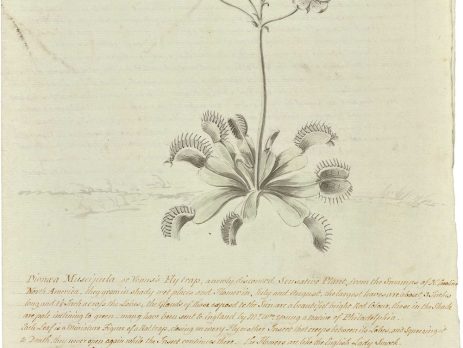
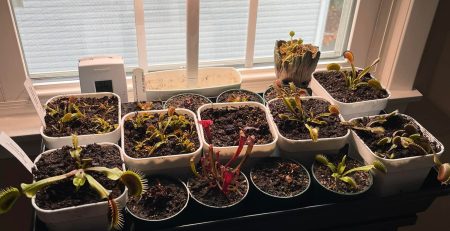
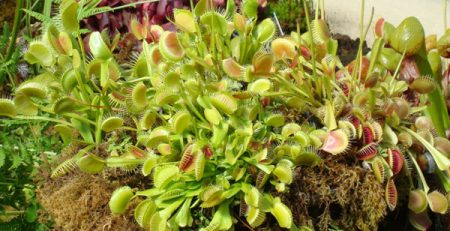
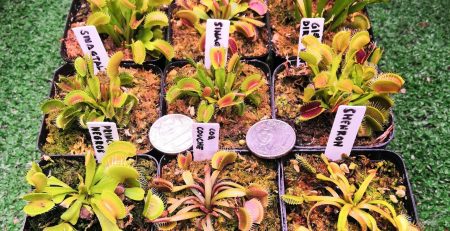
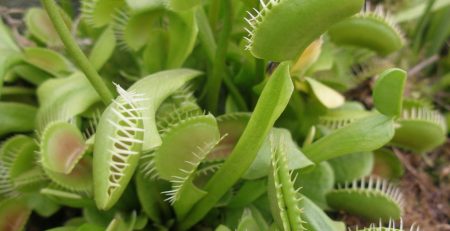
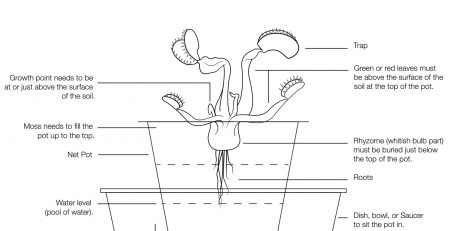
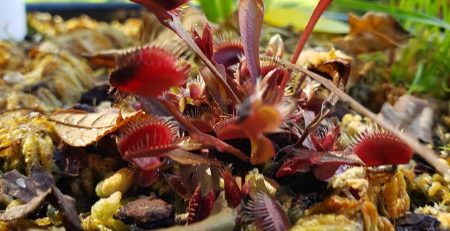
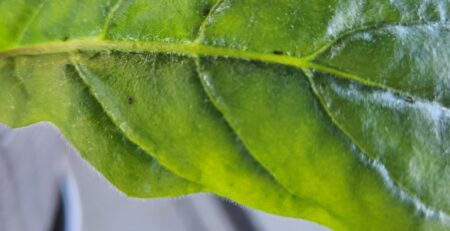
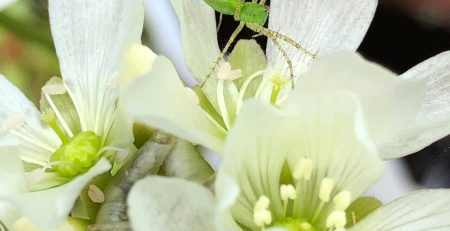
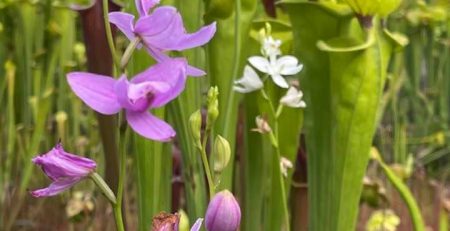
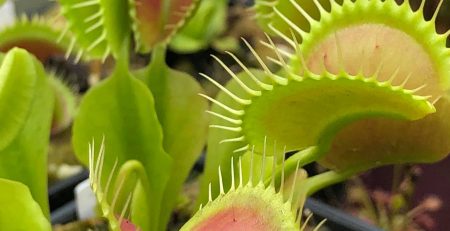
Leave a Reply
You must be logged in to post a comment.